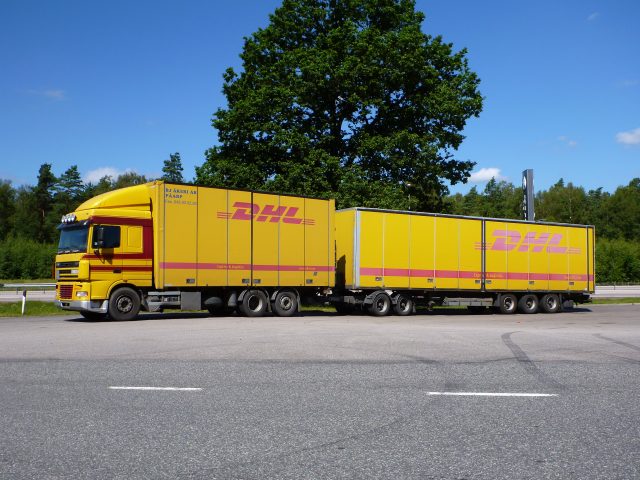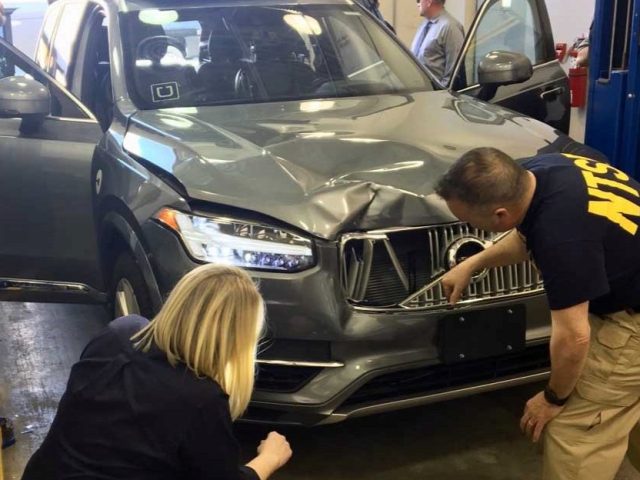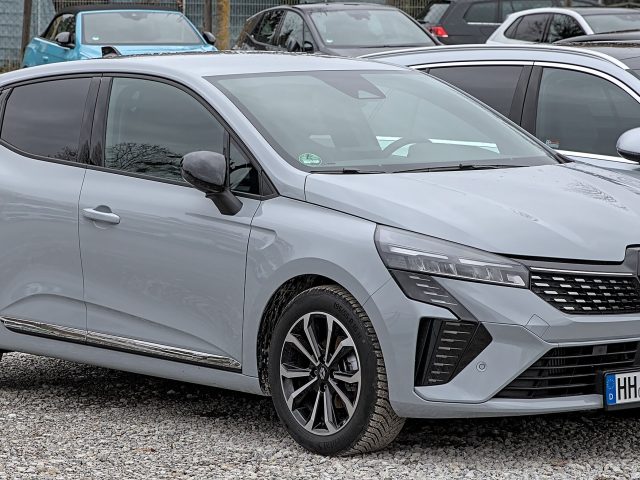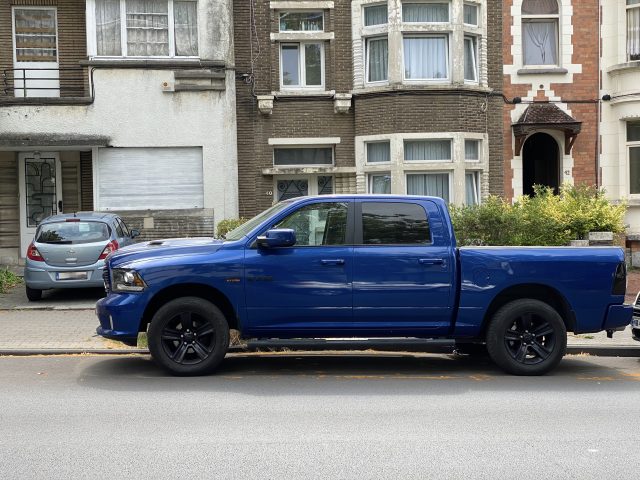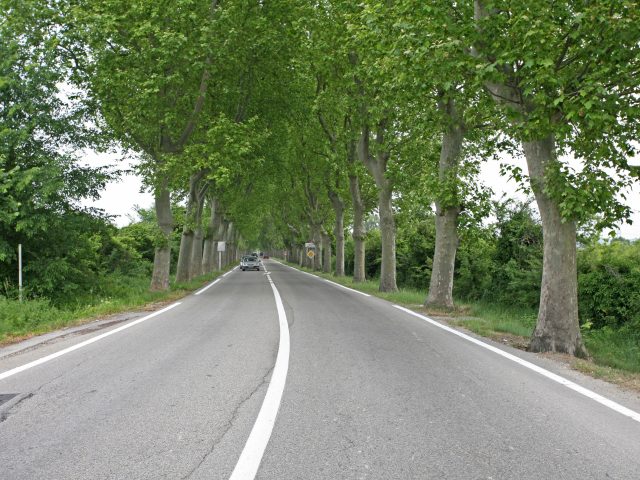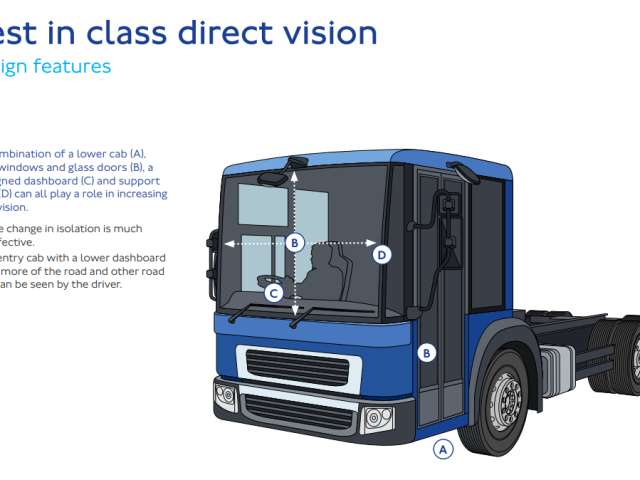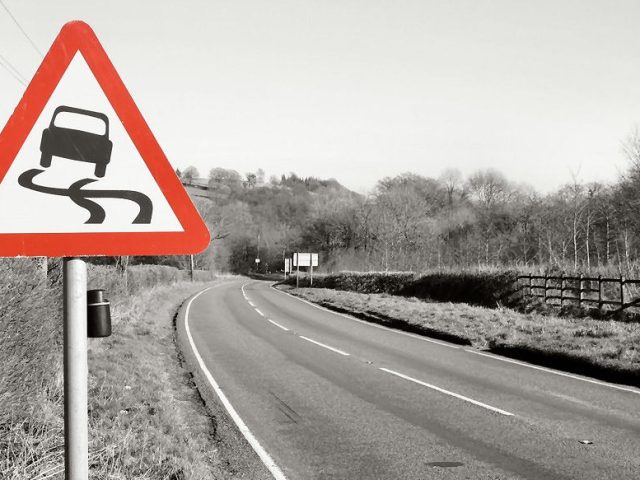New EU rules on driving licences – the good, the bad and the ugly
Last week EU negotiators hammered out final political agreements on two pieces of legislation that could have significant impacts on road safety: new rules on driving licences and legislation to ensure that a driving ban handed out to a foreign driver applies across the EU.
The Good: cross-border driving bans
One of the most welcome changes is the new agreement ensuring that driving bans imposed on a driver while abroad will apply across the entire EU. The legislation aims to close the loophole that has allowed drivers banned in one country to continue driving in another. ETSC has praised this long overdue move. This partial harmonisation of driving bans is expected to enhance enforcement consistency and deter dangerous driving behaviours across the EU. Regrettably, EU policymakers have decided that there will be several exemptions. For example, those banned for excessive speeding abroad can be exempted from a home country and EU ban if they exceeded the speed limit by less than 50 km/h.
The updated driving licence legislation also introduces some positive changes. For the first time, there will be a probationary period of at least two years for all new drivers in the EU. However, the headline initiative to require all Member States to introduce a total alcohol ban for novice drivers has been dropped. Instead, Member States should apply stricter rules or sanctions for driving under the influence of alcohol or drugs.
The Bad: 17-year-old lorry drivers
The initial proposal on driving licences from the European Commission would have required all EU countries to create a driver training scheme for lorry drivers for teenagers as young as 17. The final agreement makes it optional for Member States to introduce such schemes. ETSC has argued strongly against reducing the minimum ages for drivers, particularly for HGVs, buses and coaches, citing data from several EU countries that show younger drivers of heavy vehicles are more likely to crash.
The legislation has also formally reduced the minimum ages for solo driving for lorry drivers from 21 to 18 and for bus drivers from 24 to 21, providing that the driver has obtained a certificate of professional competence (CPC). This was already a possibility as a special exception in existing legislation but has now been normalised in the revision of the driving licence directive.
ETSC has said that driver shortages among professional bus, coach and truck drivers should be managed through improving working conditions and wages to retain current workers and attract new ones, not by lowering the minimum ages.
The Ugly: ‘cars for kids’
Perhaps the most alarming development is the new EU driving licence rules that will allow children as young as 15 to drive cars weighing up to 2.5 tons, limited to a speed of 45 km/h. This decision, initially suggested as a special arrangement for Sweden, is actually open to any Member State seeking permission from the European Commission.
Sweden had requested the changes to normalise its decades-old, and legally dubious A-traktor category. An A-traktor is not a tractor, but a car or pickup modified to allow only two front seats, speed restricted to 30 km/h, and driven by unaccompanied children as young as 15.
In 2020, Finland dropped advanced plans to let 15-year-olds drive speed-limited cars following discussions with the European Commission over the legality of the scheme. The new legislation opens up the possibility for Finland to introduce its so-called “light cars” scheme. The proposed Finnish scheme was for vehicles up to 1500kg, but the new EU B1 category would allow some of the largest SUVs to be driven by children – with an upper limit of 2500 kg.
The initial proposal from the European Commission was for the B1 licence to apply as of 16 years old, but this was reduced to 15 after considerable lobbying pressure from Sweden.
ETSC has expressed serious concerns over the B1 licence, highlighting the potential risks to pedestrians and cyclists – which were acknowledged in the European Commission’s own impact assessment on the proposals.
The irony of Sweden, the inventor of Vision Zero, pushing for such changes has not gone unnoticed. Sweden’s own National Road and Transport Institute (VTI) has previously warned of the dangers of A-traktors including the difficulties of enforcement and concerns over widespread tampering with the speed limitation devices.
The new B1 licence will allow an even higher speed of 45 km/h. And as the vehicles require no modifications other than the fitment of a speed limiter, the B1 licence has the potential to hugely expand the number of school-age children driving, with consequences for safety, health, the environment and the provision of public transport.
ETSC is urging Member States not to implement the optional training scheme for 17-year-old lorry drivers, not to lower the minimum age for solo truck and bus driving and not to request permission to offer a B1 licence to 15-year-olds.
